Humans in the AI World
Reimagining the Organisation in the Age of Human-Analogue Machines
Neil D. Lawrence
The Transformational CHRO Programme
Introduction: The Age of Human-Analogue Machines
Henry Ford’s Faster Horse

What is Machine Learning?
What is Machine Learning?
\[ \text{data} + \text{model} \stackrel{\text{compute}}{\rightarrow} \text{prediction}\]
- data : observations, could be actively or passively acquired (meta-data).
- model : assumptions, based on previous experience (other data! transfer learning etc), or beliefs about the regularities of the universe. Inductive bias.
- prediction : an action to be taken or a categorization or a quality score.
- Royal Society Report: Machine Learning: Power and Promise of Computers that Learn by Example
What is Machine Learning?
\[\text{data} + \text{model} \stackrel{\text{compute}}{\rightarrow} \text{prediction}\]
- To combine data with a model need:
- a prediction function \(f(\cdot)\) includes our beliefs about the regularities of the universe
- an objective function \(E(\cdot)\) defines the cost of misprediction.
Beyond Automation to Augmentation
Human Communication
Artificial General Vehicle

Embodiment Factors: Fundamental Differences Between Humans and Machines
Information and Embodiment
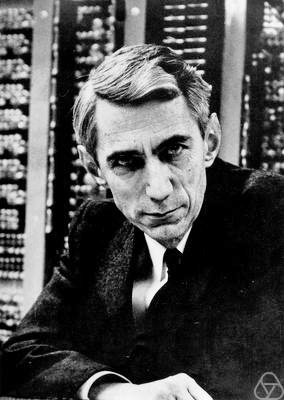
Embodiment Factors
| bits/min | billions | 2,000 |
|
billion calculations/s |
~100 | a billion |
| embodiment | 20 minutes | 5 billion years |

The Atomic Human Concept
Homo Atomicus
- Where we have homo economicus the machine can step in.
- Quantitative vs Qualitative gap
- Homo atomicus is …
- Not in A-level results
- Not in hospital waiting lists
- In the quality of human interaction
Table Discussion
- What is the indivisible essence of human contribution to organizations?
The Trust Imperative
Complexity in Action
Techno-Inattention Bias
- Organizations develop “techno-inattention bias” - focusing on AI details while missing human dynamics
- The “gorilla” of human relationships, culture, and ethics goes unnoticed
- Institutional inattentional blindness develops when leadership fixates on technical aspects
The Danger
- AI fascination distracts from nurturing irreplaceable human elements
- CHRO role critical as “gorilla spotters” - keeping human essentials in focus
Human Attention as the Scarce Resource
The Attention Economy
Herbert Simon on Information
What information consumes is rather obvious: it consumes the attention of its recipients. Hence a wealth of information creates a poverty of attention …
Simon (1971)
New Flow of Information
Evolved Relationship
Evolved Relationship
Emulsion: Combining Human and Machine Intelligence
Attention Reinvestment Cycle
Conclusion
See the Gorilla don’t be the Gorilla.
The Horizon Scandal
|
|

|
|
Table Discussion
- How do we develop feedback systems that capture both algorithmic outputs and essential human judgment?
Cultural Architecture
The Atomic Human
The Uncertainty Principle of Human Capital Quantification
Inflation of Human Capital
- Strength in Human Capital double-edged sword.
- Automation creates efficiency.
- But skills risk becoming redundant.
Organizational Culture as Competitive Differentiator
Balancing Centralization and Distribution of Authority
An Attention Economy
- Human attention will always be a “scarce resource” (See Simon, 1971)
- Humans will never stop being interested in other humans.
- Organisations will keep trying to “capture” the attention economy.
Creating Environments for Reflexive and Reflective Decision-Making
Example: Amazon’s “Thoughtsday”
Future-Ready Talent Strategy
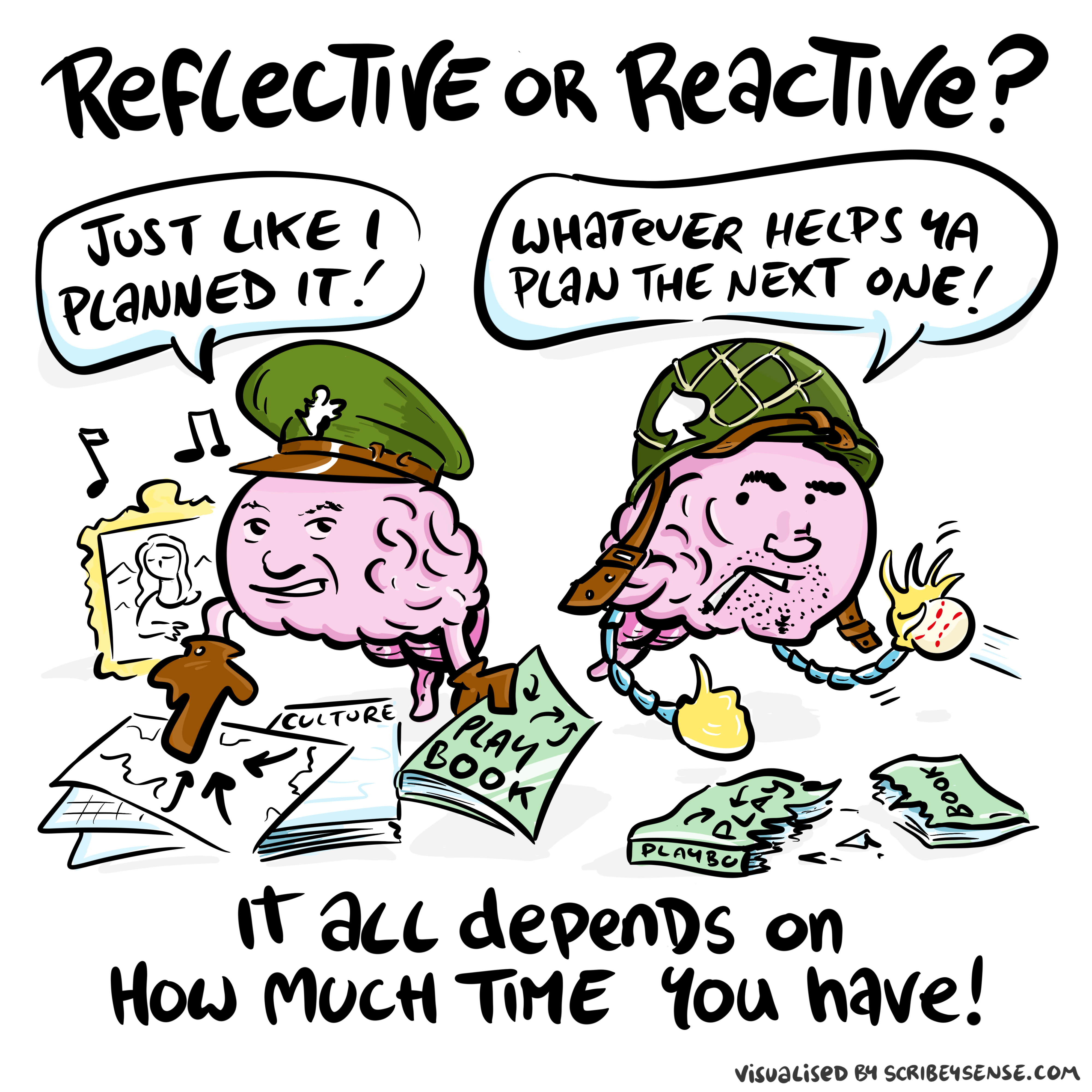
.
Beyond Traditional Competencies: The Uncertainty Problem
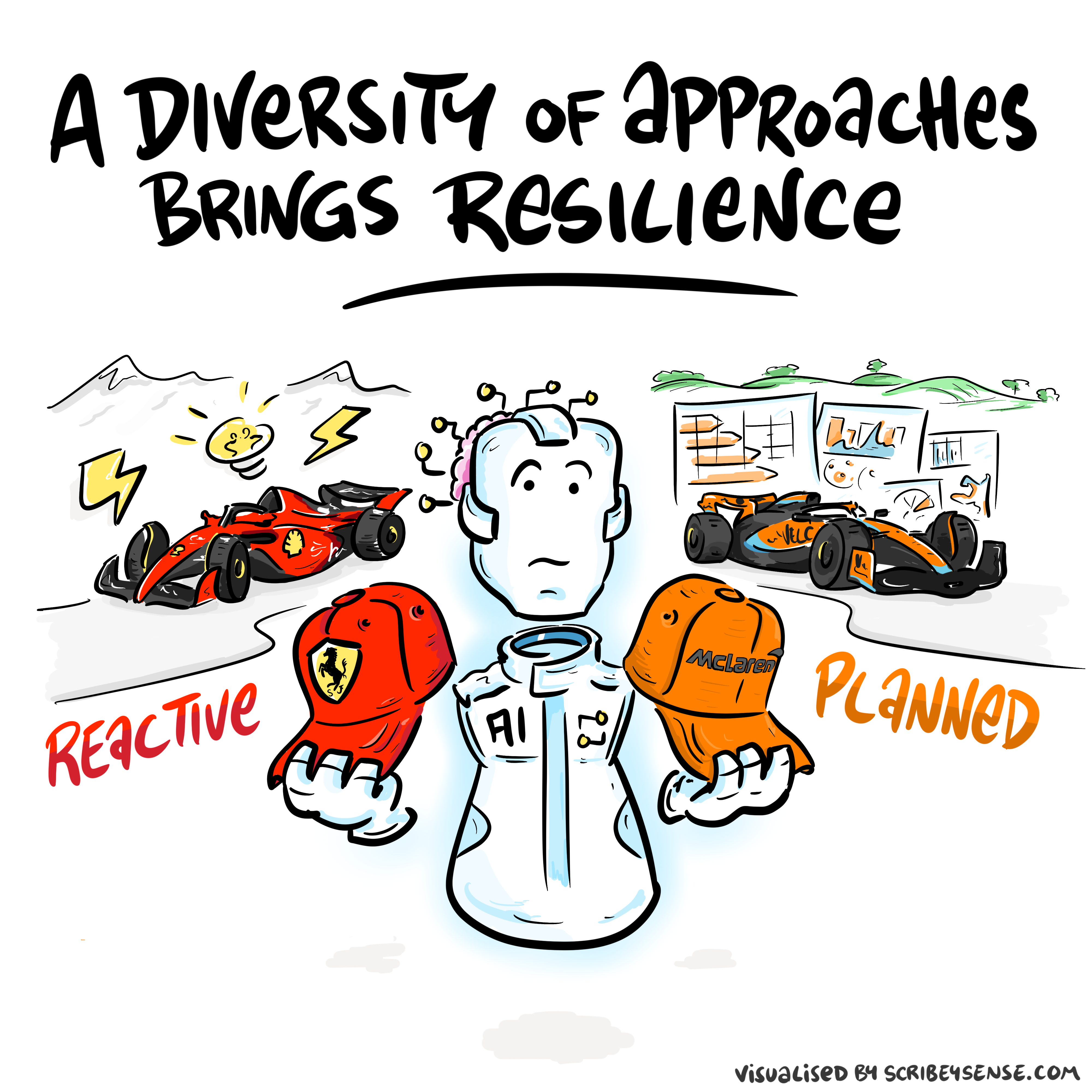
.
The MONIAC
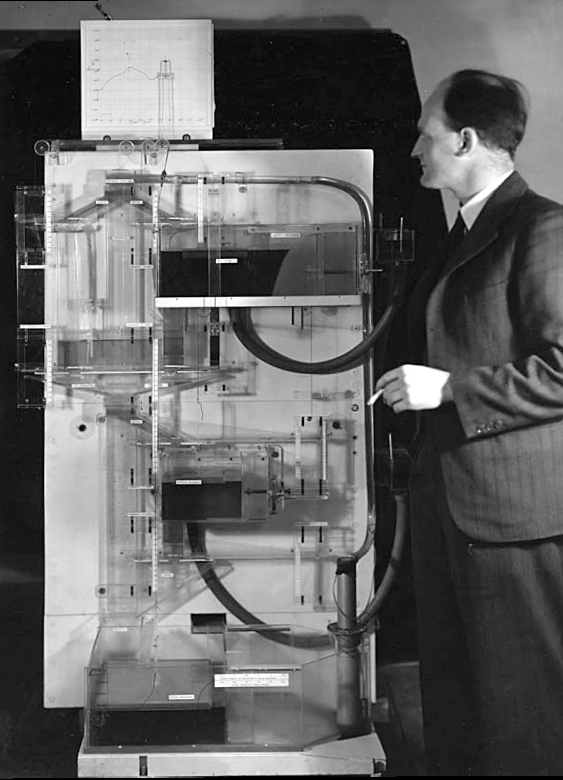
-1
HAM
Building Integrated Learning Systems
Organizations need to develop learning systems that:
- Capture insights from both human and algorithmic sources
- Distribute knowledge efficiently across the organization
- Adapt rapidly to changing conditions
- Preserve essential human judgment
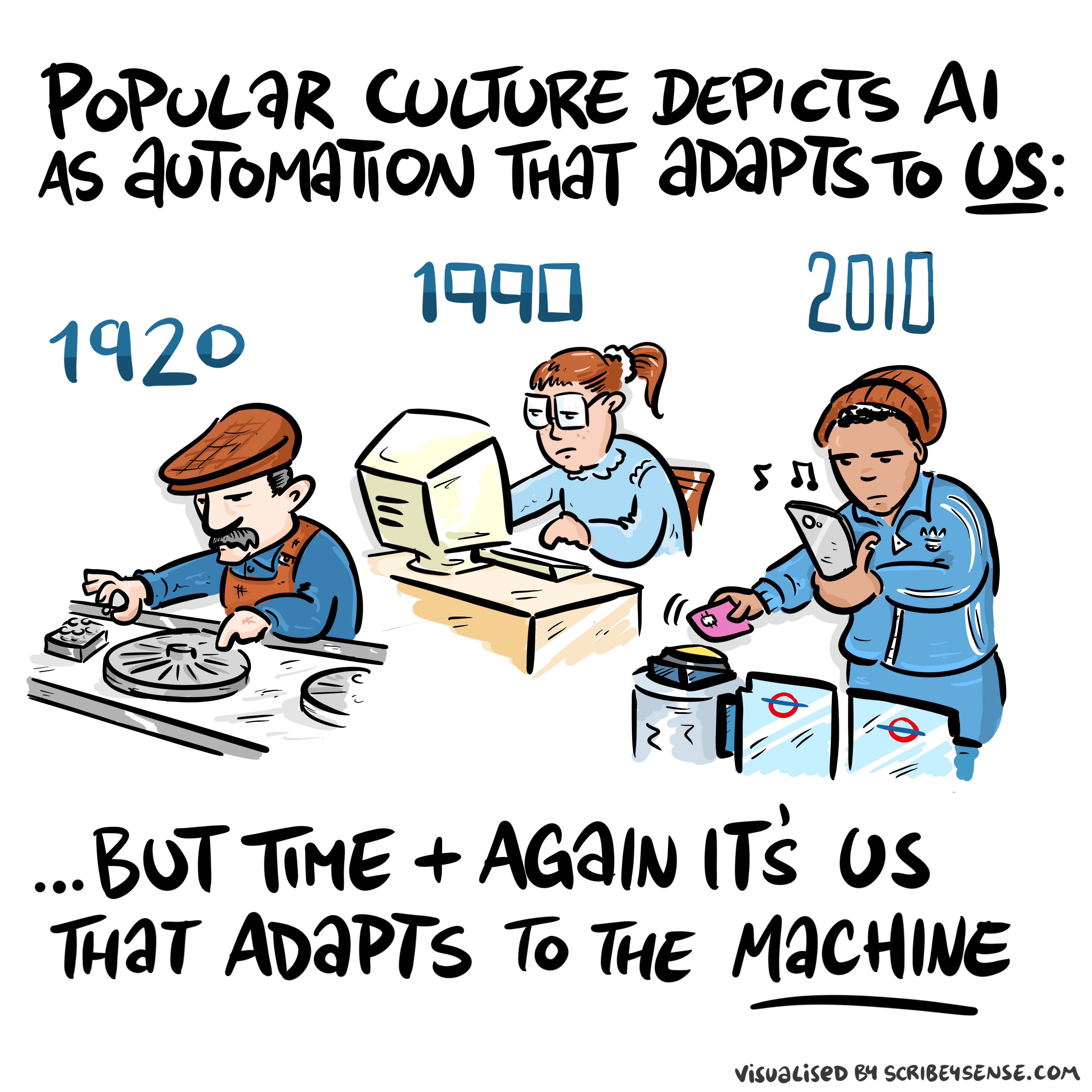
.
Practical Implications for CHROs
Ethical Frameworks for Personal Data
Example: Business Development at Amazon
When acquiring companies, we often encountered “difficult to place
individuals who were irreplaceable in the acquired company” - these
individuals defied algorithmic categorization but were essential to
value creation. This required new frameworks for evaluation.
New Metrics for Human-Machine Collaboration
Traditional metrics focused on efficiency must be complemented by measures of:
- Innovation adaptation rate
- Decision quality (not just speed)
- Human-machine collaboration effectiveness
- Knowledge creation and distribution: Attention Reinvestment
Maintaining Human Agency While Leveraging Automation
Superficial Automation
- AI enables automation of surface-level tasks
- Examples: Email writing, document summarization
- Risk of losing deeper value in the process
Hidden Value
- Email writing builds relationships
- Documentation creates institutional memory
- Human pauses enable reflection
The Automation Challenge
- Complex ≠ Complicated
- Speed isn’t always progress
- Augment humans, don’t replace them
- See e.g. ai@cam public dialogues: https://ai.cam.ac.uk/projects/public-dialogues.html
Good Process Drives Purpose

Developing Digital Literacy at Board Level
Conclusion: Architecting the Future Organization

.
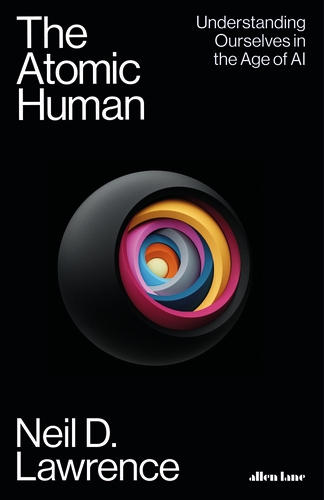
Thanks!
book: The Atomic Human
twitter: @lawrennd
The Atomic Human pages baby shoes 368 , Tyson, Mike 92–93, 130, 193, 217, 225, 328, 348, Horizon scandal 371, atomic human, the 13, MONIAC 232-233, 266, 343, human-analogue machine (HAMs) 343-347, 359-359, 365-368.
newspaper: Guardian Profile Page
blog posts: